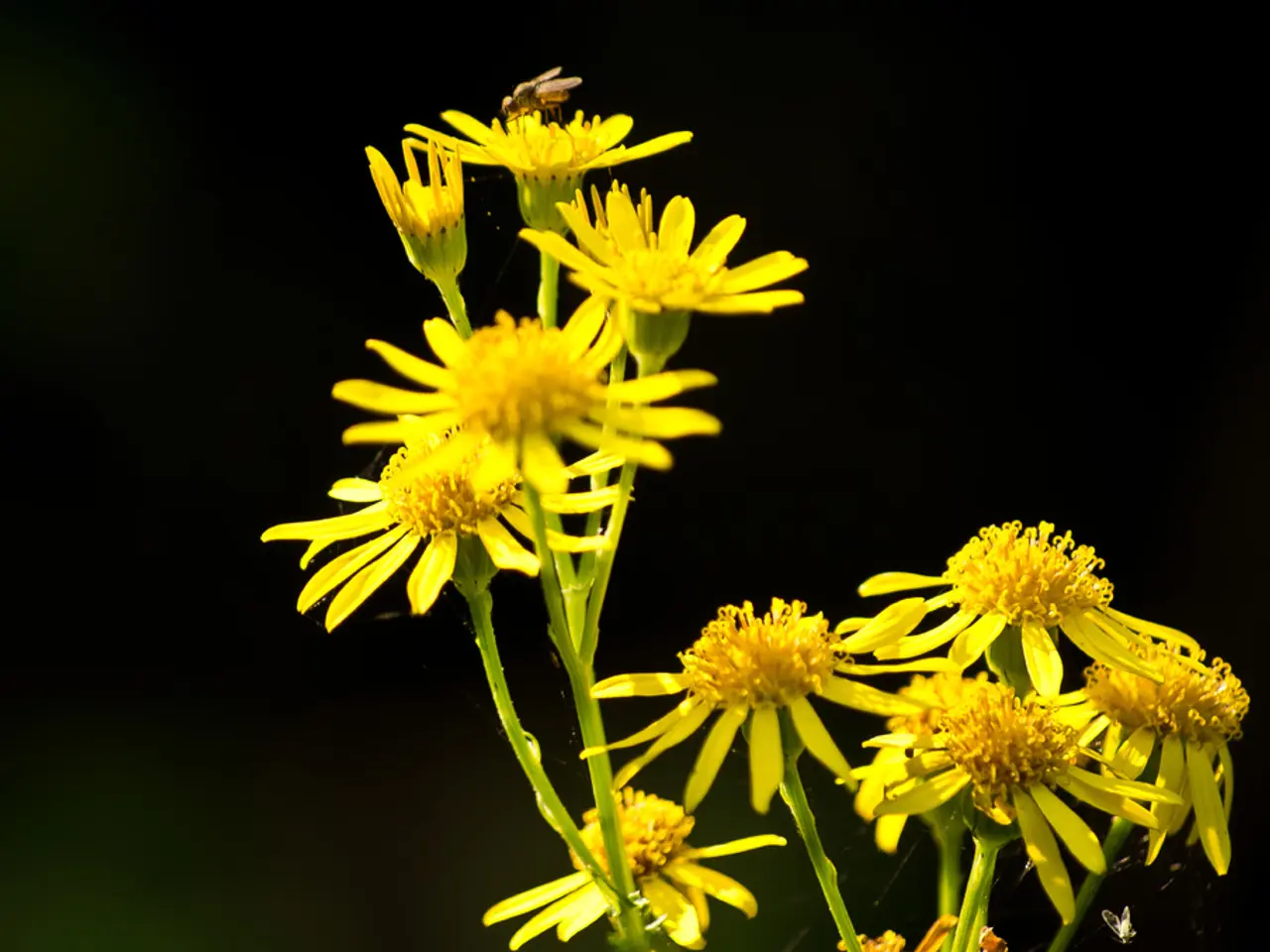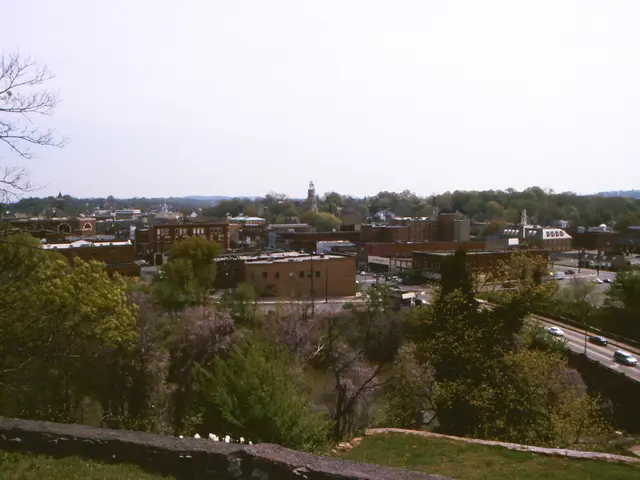Early Spring Lifelines: Plants That Feed Bees When Food Is Scarce
Spring can be a challenging time for bees due to the scarcity of food sources. However, there are several plants that bloom early and can provide crucial nectar for these vital pollinators. Let's explore some of these lifelines for bees during the early spring season.
One such plant is the Black Locust tree, which blooms when other food sources are scarce. Its timing can be a lifesaver for bees, providing them with much-needed sustenance. Similarly, Crocus flowers are among the first to bloom in spring and can be a significant source of food for bees when planted in large numbers.
February Daphne (*Daphne mezereum), native to Europe and Asia, is another plant that attracts bees with its sweet scent. It's important to note that major nectar sources like fruit tree blossoms wait until nighttime frosts have ended, making these early bloomers even more crucial.
Bees start foraging when daytime temperatures reach about 50 degrees F. At this time, plants like Chickweed and All Heal (or Self Heal) can provide nectar for bees. In the USA, willows (salix species) are particularly valuable as they often bloom while snow is still on the ground, offering crucial forage when few other plants are in flower.
Maple trees can also provide nectar for bees, although the cold weather may sometimes prevent bees from accessing the blooms. Dandelions, often overlooked, are an important food source for bees and can be intentionally planted or left to grow in lawns.
In conclusion, planting early spring nectar sources like Black Locust trees, Crocus flowers, February Daphne, Chickweed, All Heal, and willows can significantly help bees during their lean spring season. These plants, along with unintentionally planted or left-to-grow dandelions, can provide vital sustenance and support the health of bee populations.







